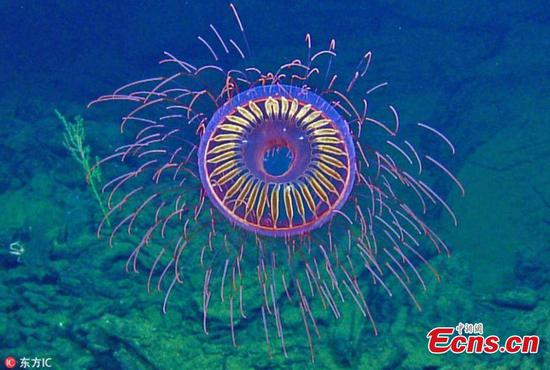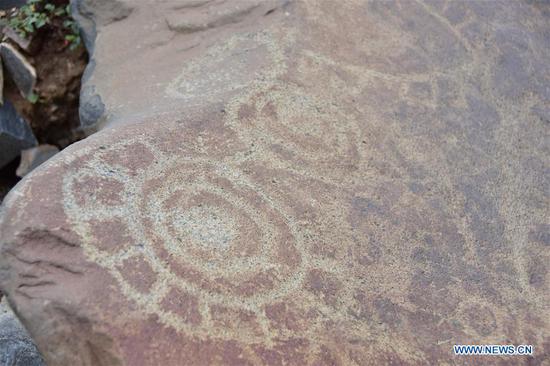An international science team discovered dunes on Pluto, suggesting that they likely have been formed of methane ice grains released into its rarefied atmosphere.
In a study published on Thursday in the journal Science, the researchers analyzed images of the dwarf planet's surface, captured in July 2015 by NASA's New Horizons spacecraft.
Those images showed that on the boundary of the Sputnik Planitia ice plain on the planet, pushed up against a major mountain range, there was a series of dunes spread across an area less than 75 kilometers across.
Following spatial analysis of the dunes and nearby wind streaks on the planet's surface, scientists believed that sublimation (which converts solid nitrogen directly into a gas) resulted in sand-sized grains of methane being released into the environment.
These are then transported by Pluto's moderate winds (which can reach between 30 and 40 kilometers per hour). The border of the ice plain and mountain range provide the perfect location for such regular surface formations to appear.
According to the scientists, the undisturbed morphology of the dunes and their relationship with the underlying glacial ice suggested the features were likely to have been formed within the last 500,000 years, and possibly much more recently.
The research was led by scientists from the University of Plymouth in Britain, University of Cologne in Germany and Brigham Young University in the United States.
Eric Parteli, lecturer in Computational Geosciences at the University of Cologne, said, "The considerably lower gravity of Pluto, and the extremely low atmospheric pressure, means the winds needed to maintain sediment transport can be a hundred times lower [than on Earth]."
"The temperature gradients in the granular ice layer, caused by solar radiation, also play an important role in the onset of the saltation process. Put together, we have found that these combined processes can form dunes under normal, everyday wind conditions on Pluto," said Parteli.


















































